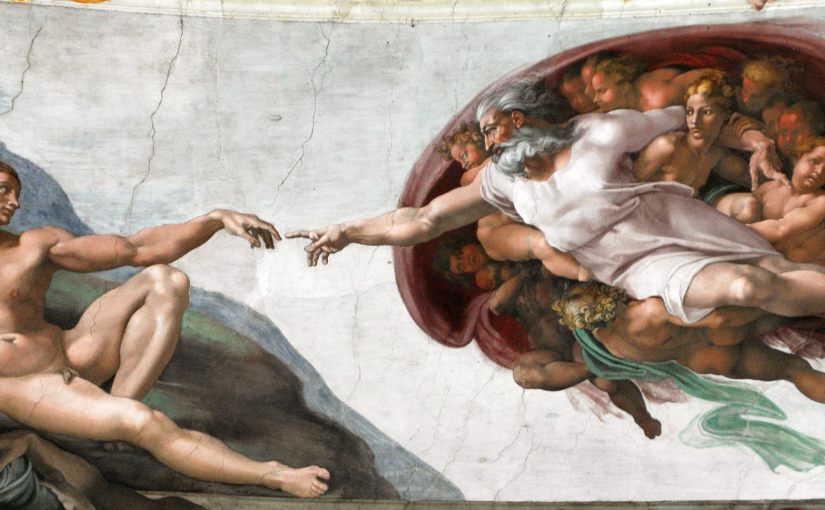New York – Una lettera scritta a mano e firmata da Charles Darwin in asta all’evento Bonhams “Storia della Scienza e della Tecnologia” del 21 settembre prossimo a New York. Stima $ 70,000-90,000.
Una dichiarazione molto personale e insolitamente precisa sulla mancanza di fede nella Bibbia e in Gesù Cristo come il Figlio di Dio da parte di Darwin.
La lettera di Darwin è una risposta a un giovane avvocato di nome Francis McDermott che il 23 novembre 1880 gli fece una richiesta molto particolare: “… Il piacere di leggere i vostri libri non farà certo vacillare la mia fede nel Nuovo Testamento. La mia ragione di scrivere a voi quindi è per chiedervi di darmi un Sì o No alla domanda: Credete nel Nuovo Testamento?”. McDermott continua con la promessa di non diffondere la risposta di Darwin nelle “carte teologiche”.
Darwin rispose il giorno seguente:
“24 novembre 1880.
Egregio Signore,
Mi dispiace di dover
informarvi che
non credo nella Bibbia
come rivelazione divina
e quindi non in Gesù
Cristo come il figlio di Dio.
Cordiali Saluti
Ch. Darwin”
McDermott è stato fedele alla sua parola tanto che questa lettera è rimasta sconosciuta agli studiosi per oltre 100 anni.
Il tema della religiosità di Darwin è stato a lungo motivo di accesi dibattiti. Darwin stesso si astenne di parlare dell’argomento in pubblico, probabilmente per rispettare i sentimenti dei suoi amici e familiari. Appena un mese prima di scrivere questa missiva, Darwin scrisse al noto ateo Edward Aveling, “E’ stato sempre il mio obiettivo di evitare di scrivere di religione limitandomi alla scienza.”
Darwin studiò teologia al Christ’s College, Cambridge, su suggerimento del padre, ma preferiva trascorrere il suo tempo libero a raccogliere campioni con un ristretto cerchio di naturalisti. E ‘stato il suo mentore John Henslow, un sacerdote e professore di Mineralogia all’Università di Cambridge, a suggerire la candidatura del 22enne Darwin per il celebre viaggio sul Beagle. L’origine delle specie per mezzo della selezione naturale è stato pubblicato nel 1859 e fu allora che il rapporto di Darwin con la religione divenne oggetto di controversia pubblica. Darwin morì nel 1882, essendo il più grande naturalista del suo tempo. Le voci di una sua conversione sul letto di morte sono state ampiamente credute ma sempre fermamente negate da sua figlia.
New York – A letter handwritten and signed by Charles Darwin features in the History of Science and Technology auction on September 21 in New York. A highly personal and unusually pointed statement on Darwin’s lack of belief in the Bible and in Jesus Christ as the son of God, it is estimated at $70,000-90,000.
Darwin’s letter is a reply to a young barrister named Francis McDermott who wrote on November 23, 1880 with a very unusual request: “…If I am to have pleasure in reading your books I must feel that at the end I shall not have lost my faith in the New Testament. My reason in writing to you therefore is to ask you to give me a Yes or No to the question Do you believe in the New Testament….” McDermott continues by promising not to publicize Darwin’s reply in the “theological papers”. Darwin responded the very next day:
“Private
Nov. 24 1880
Dear Sir,
I am sorry to have to
inform you that I do
not believe in the Bible
as a divine revelation
& therefore not in Jesus
Christ as the son of God.
Yours faithfully
Ch. Darwin“
McDermott was true to his word and this letter was unknown to scholars for over 100 years. The subject of Darwin’s religiosity had long been a cause of vehement debate. Darwin himself largely refrained from public comment, probably to respect the feelings of his friends and family. Just a month before penning this note, Darwin wrote to the prominent atheist Edward Aveling, “It has … been always my object to avoid writing on religion, and I have confined myself to science.”
Darwin studied theology at Christ’s College, Cambridge at the suggestion of his father but preferred to spend his time collecting specimens with a select circle of naturalists. It was Darwin’s mentor John Henslow, a clergyman and a professor of Mineralogy at Cambridge, who nominated the 22-year old Darwin for the history-making voyage on the Beagle. On the Origin of Species by Means of Natural Selection was published in 1859 and it was then that Darwin’s faith in religion or lack thereof became the subject of public controversy. Darwin died in 1882, the greatest naturalist of his age. Rumors of a deathbed conversion were widely believed but firmly denied by his daughter.

















